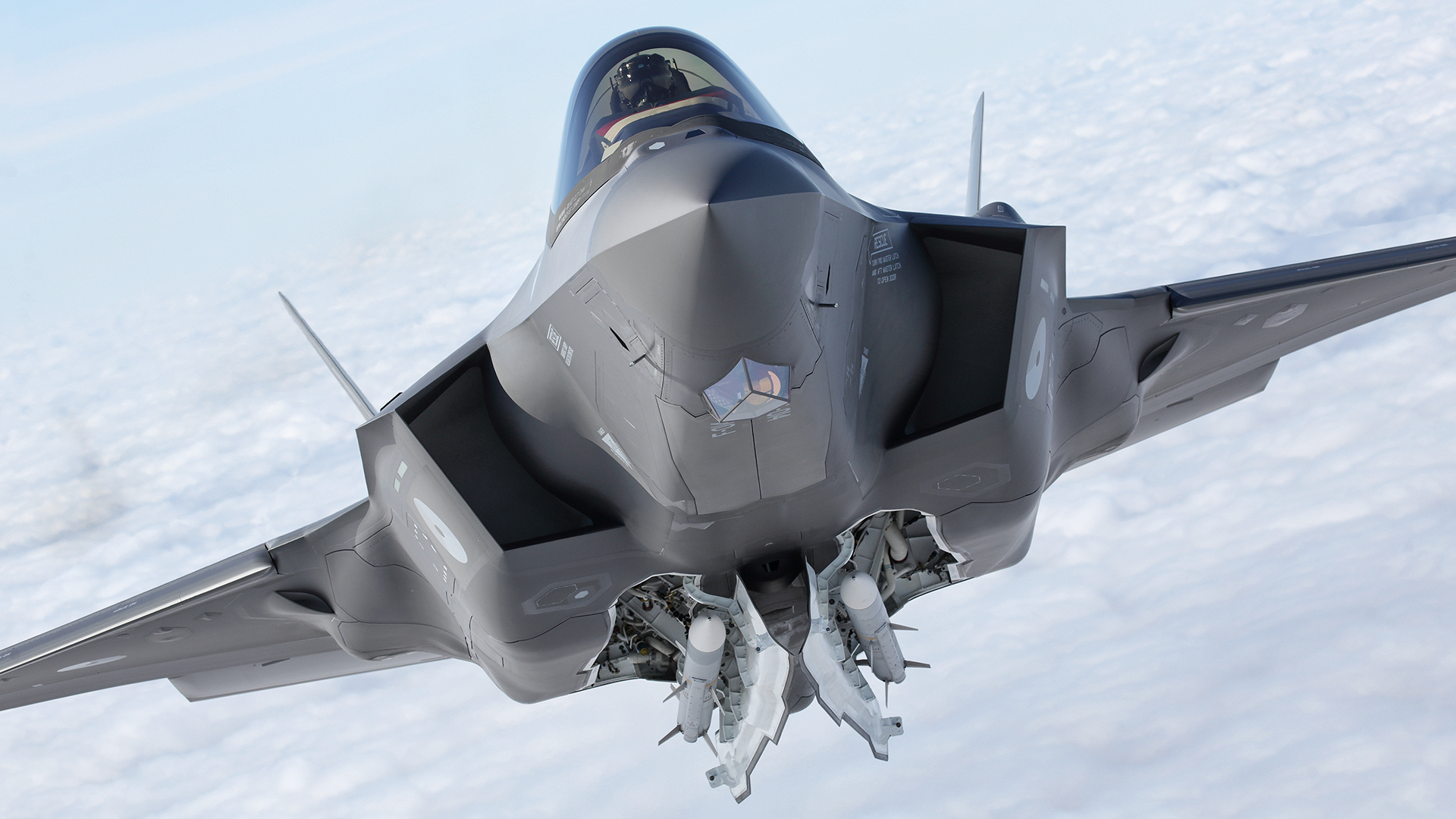Lockheed Martin has confirmed that work is progressing on a weapons bay adapter for F-35 Lightning II A and C variants, according to a response by the company to The War Zone’s inquiry. Dubbed Sidekick, the device would increase the amount of AIM-120 Advanced Medium-Range Air-to-Air Missiles (AMRAAM) the stealth jet can carry internally from four to six.
The Sidekick concept has been floating around in the F-35 space for a few years, but it was largely unclear what Lockheed Martin’s exact plan for the adapter was, as well as its developmental status, or if its emergence was at all related to the jet’s ongoing Block 4 modernization effort. The War Zone earlier this month reached out to the company to ask for any updates and was given confirmation that Sidekick now has backing.
“A new weapons adapter, nicknamed Sidekick, enables the F-35 to carry two AIM-120 sized missiles at internal weapons bay stations 4 and 8,” Lockheed Martin responded in a statement. “The adapter development is on contract and proceeding on schedule.”
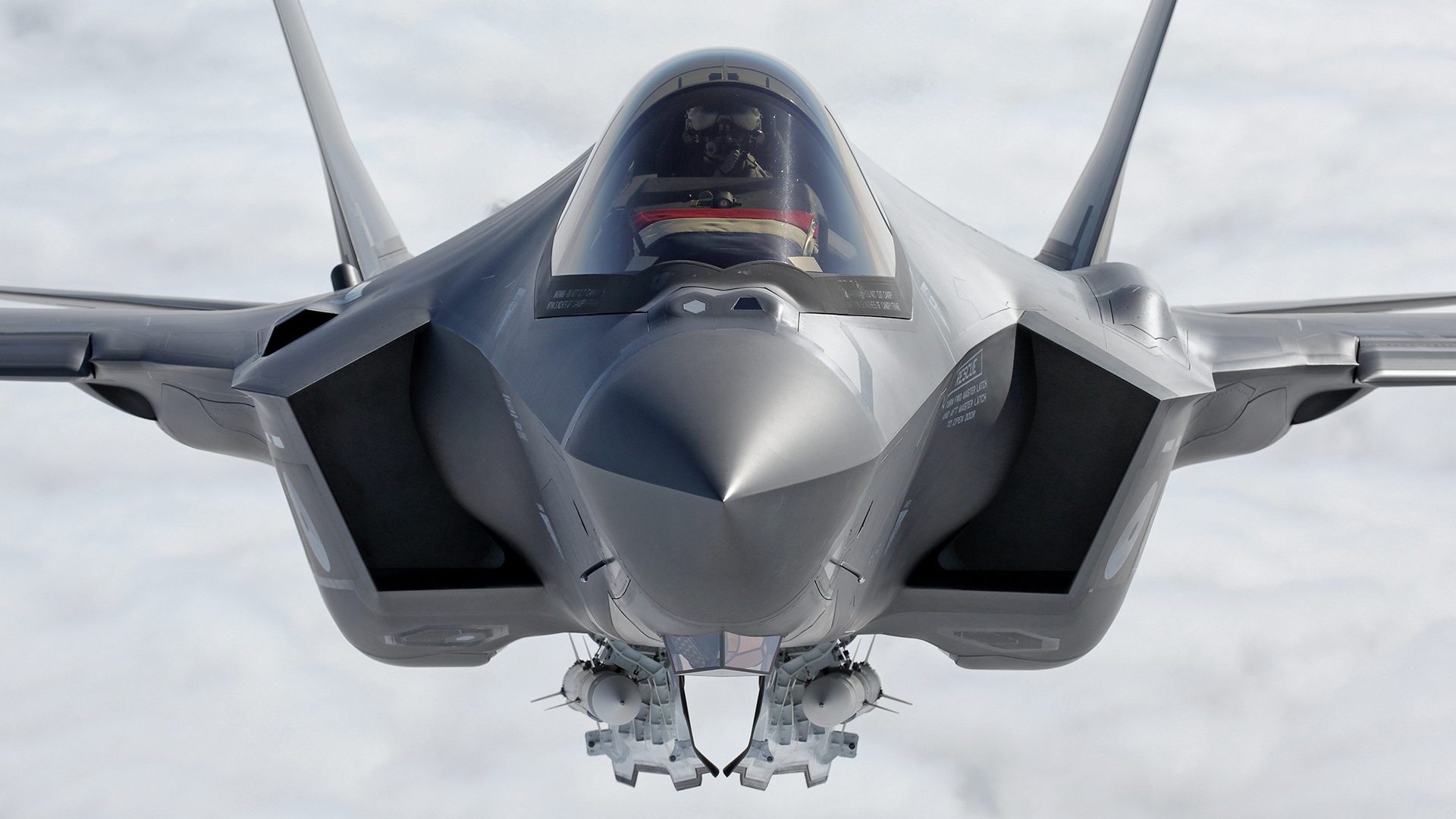
As noted, Sidekick will only be compatible with F-35As and carrier-capable F-35C variants. This is because the remaining short takeoff and vertical landing (STOVL) F-35B variants belonging to the U.S. Marine Corps have smaller internal weapons bays on account of the lift fan that it uses to realize its STOVL capabilities.
The War Zone followed up with Lockheed Martin to clarify if Sidekick will be a part of the Block 4 upgrade effort or if it will be an independent offering that could be retrofitted to older F-35s as well as installed on new-build models. The company referred us to the F-35 Joint Program Office, which was unable to offer comment at the time of publication.
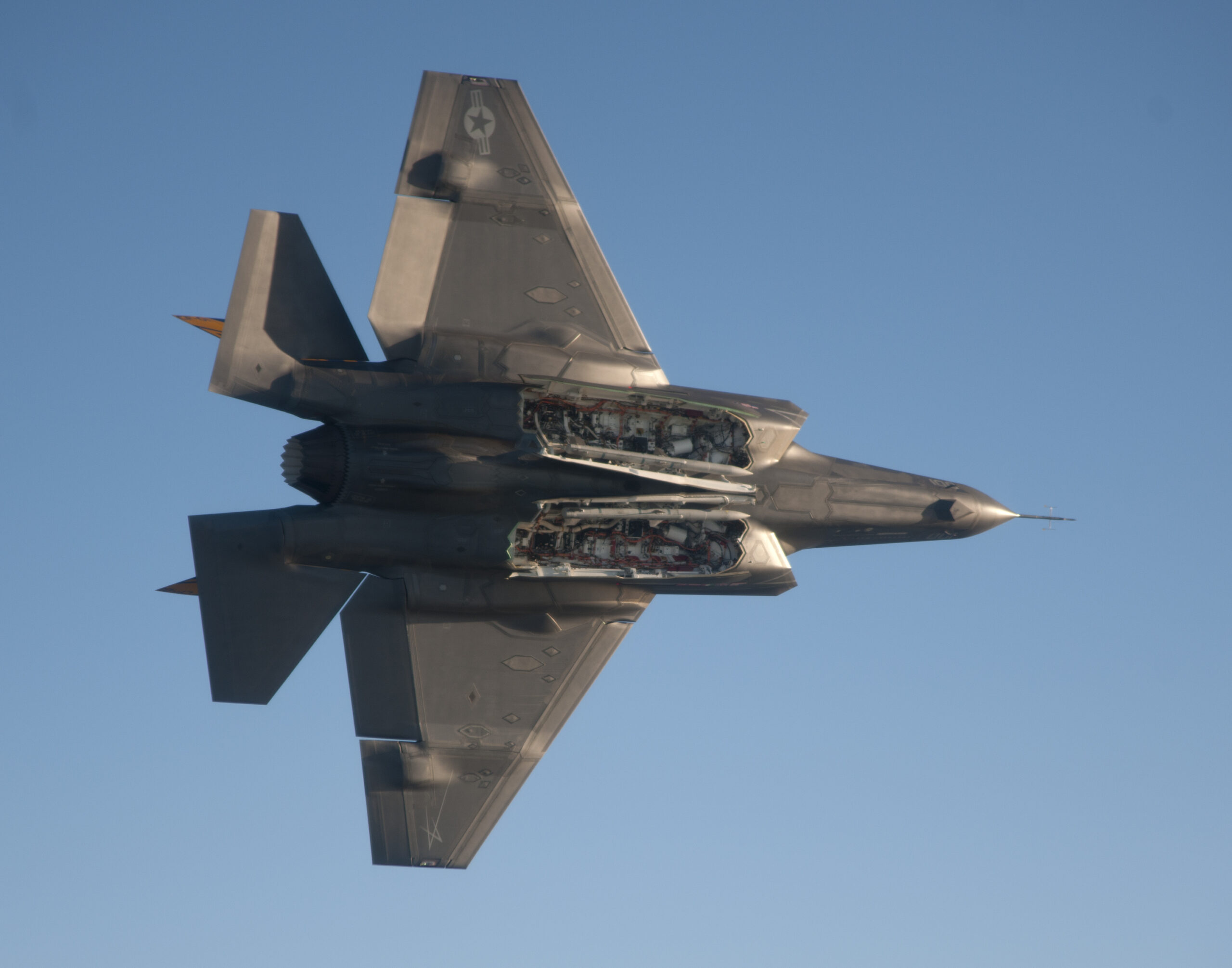
It’s worth noting, though, that a U.S. Navy unfunded priority list (UPL) from Fiscal Year 2021 states that the service has a clear interest in Sidekick. The document also indicates that the adapter is expected to be incorporated into the service’s F-35Cs starting with Lot 15, of which deliveries are expected to begin in the second half of this year. This would indicate that Sidekick could be delivered well before Block 4, which is expected to roll out with Lot 17 F-35 A/B/C variants, but it is unclear if this is still the Navy’s intended plan for the device two years later.
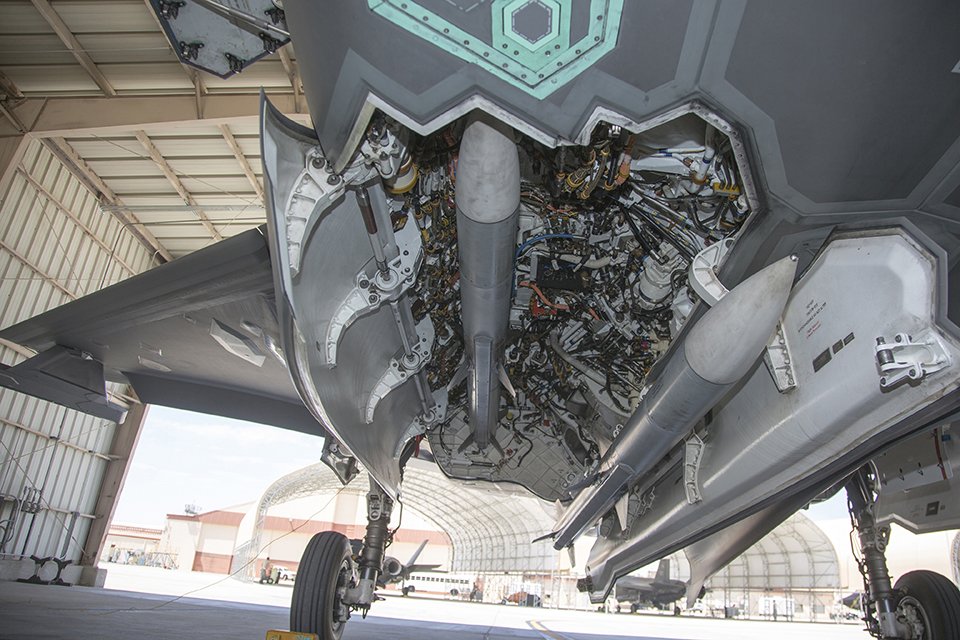
Additionally, when Canada closed its deal to buy 88 F-35s in January of this year, a senior Canadian defense official confirmed that Lockheed Martin’s latest Lot 18 Block 4 F-35As will be delivered as part of the package. A graphic that the Canadian Department of National Defense released along with the announcement pointedly listed the ability to internally carry six AIM-120s as being a feature of the fleet, which suggests that Sidekick would be a part of the country’s F-35 buy and potentially a Block 4 core feature.
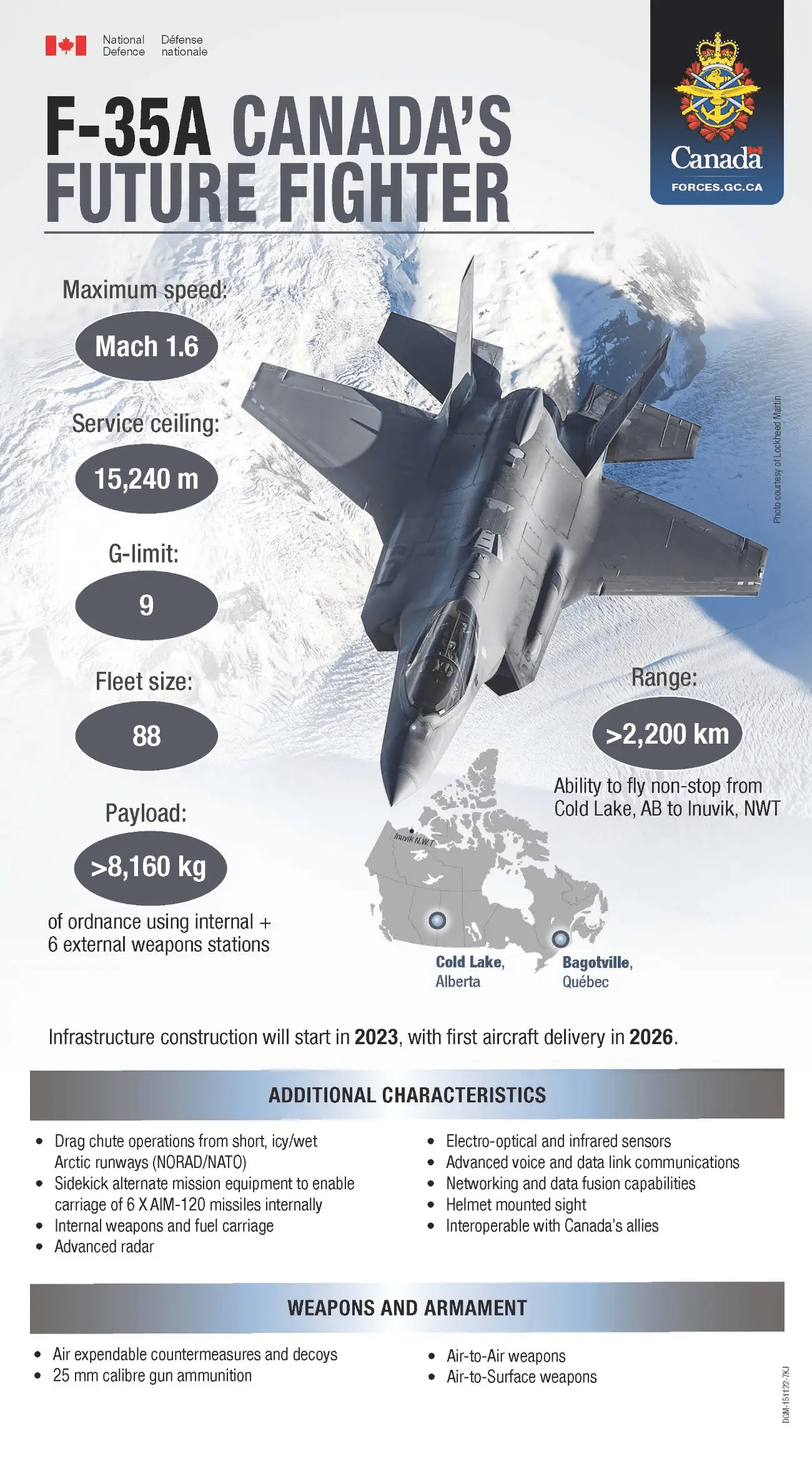
The first mention of Sidekick occurred during a Lockheed Martin media briefing back in May 2019. Officials speaking at the event broadly explained that the device would take the form of a weapons rack adapter, but Aviation Week reported at the time that the company hadn’t “released details of the design of the Sidekick mechanism.”
The War Zone asked Lockheed Martin for clarification about whether or not the F-35’s weapons bays and bulkhead will have to be modified in order to accommodate the increase in internal air-to-air missile magazine depth, but the company was unable to provide those details. However, there have been several reports over the years that indicate if not outright confirm that such alterations will be required to support the device.
Another Aviation Week article from July 2019 provided one such report, referencing a Department of Defense contract with Lockheed Martin issued that month awarding the company $34.7 million for a structural modification to the jet’s Station 425 bulkhead. The announcement stated that the modification was “required for F-35A and F-35C to allow full-envelope internal carriage of aft heavy weaponry.” Though, it is unclear if Sidekick in its current form would still necessitate these changes.
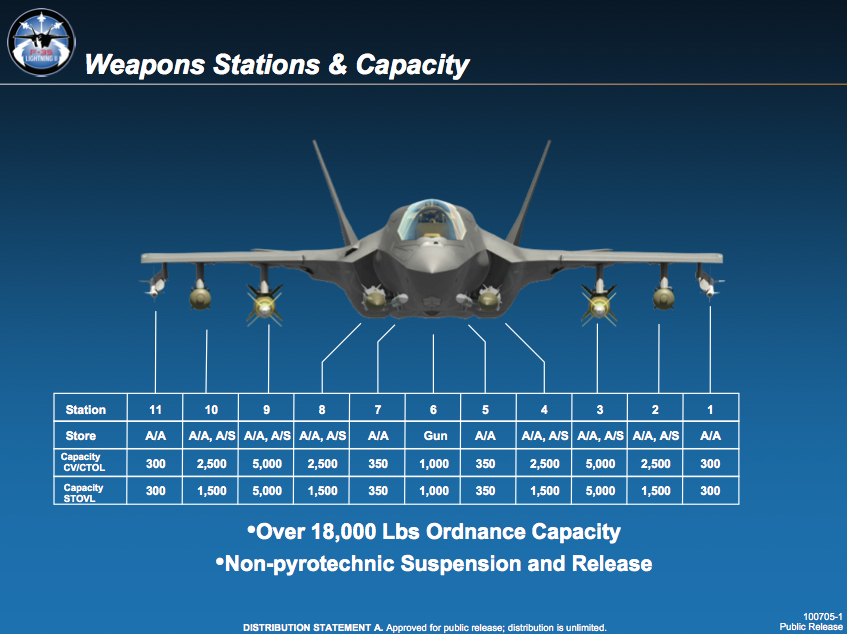
Also speaking at the 2019 Lockheed Martin media briefing was the company’s F-35 test pilot Tony ‘Brick’ Wilson, who explained, “The extra missiles add a little weight but are not adding extra drag.” Wilson went on to add that Lockheed Martin is developing the Sidekick entirely on its own, using the company’s own internal research and development funding.
“Lockheed Martin has gone out on its own and developed this capability,” Wilson said. “And now we’ve let the [joint program office] know that it’s out there. It will be over to [business development] and other people to decide how and when it gets implemented. Lockheed Martin stands ready to help the customer implement it when they want it.”
It’s clear now that this is no longer the case and that Sidekick is a contracted feature under official development.

The F-35 is also capable of carrying AMRAAMs on its external weapons pylons under its wings. However, the option to carry more missiles internally would be more supportive of the jet’s stealth operations, providing it with more firepower should the mission call for it without compromising its low observable (stealthy) profile.
Being limited to four AIM-120s internally has long been a point of F-35 criticism, especially as air combat has evolved and the magazine depth of modern fighters has become more of a concern. Six AIM-120s, an increase of 50%, will be a major boost to the F-35’s air-to-air chops, equating its AIM-120 payload capacity to that of the F-22 Raptor, increasing lethality overall and expanding its tactical flexibility in the air-to-air combat arena. It could also allow the F-35 to field even more air-to-air missiles in its weapons bays, albeit smaller ones, in the future as they become available.
Despite there being no official confirmation that Sidekick’s development is directly tied to the F-35’s ongoing Block 4 upgrades, the increase in weapons payload would nonetheless line up with the effort’s overall goal of boosting the jet’s lethality and survivability. These upgrades will include a brand new active electronically scanned array radar, the integration of a variety of new weapons like the GBU-53/B StormBreaker precision-guided bomb, and a complete overhaul of the jet’s computer backbone known as Technology Refresh-3. Block 4 F-35’s drastically enhanced electronic warfare suite is perhaps its most important feature, which you can read all about here.
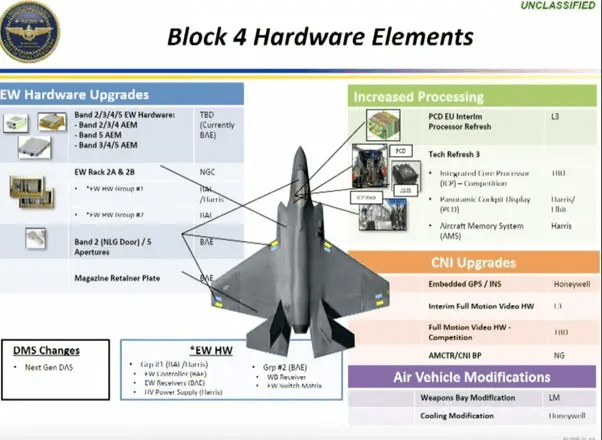
While Lockheed Martin has yet to provide a timeline for when Sidekick may come onto the scene, it is at least known that the company’s target for wrapping the Block 4 upgrades is 2029 if everything stays on track. In the meantime, it will be interesting to see how Sidekick ultimately integrates with the F-35’s ongoing evolution.
If The War Zone receives responses to our follow-up questions from the F-35 Joint Program Office, we’ll be sure to provide an update.
Author’s note: Thank you to the talented Bartek Bera for the impressive photos of the Dutch F-35s and their AIM-120s included in this article. Be sure to check out more of his work on his Facebook page here.
Tyler Rogoway contributed to this report.
Contact the author: emma@thewarzone.com
